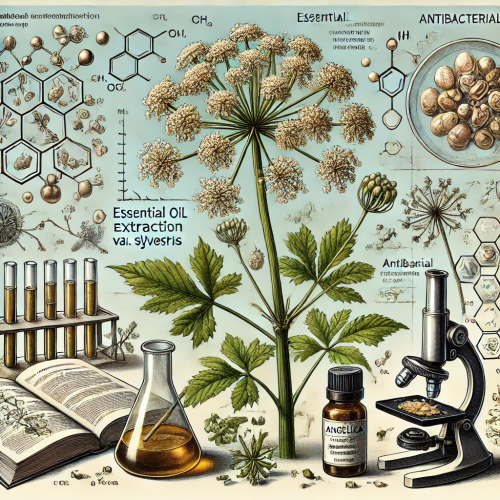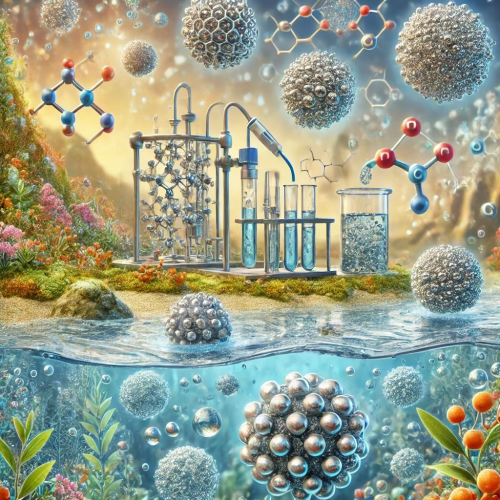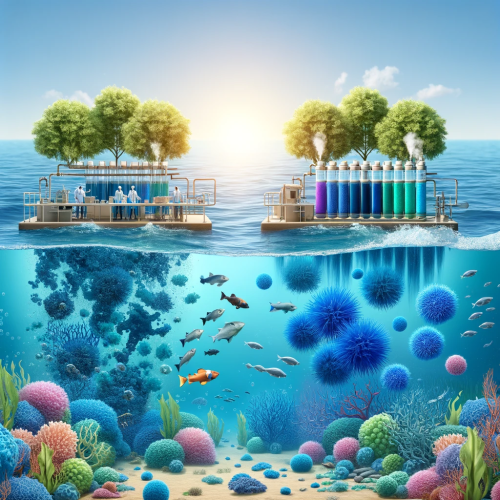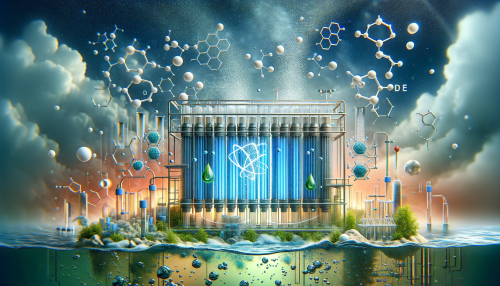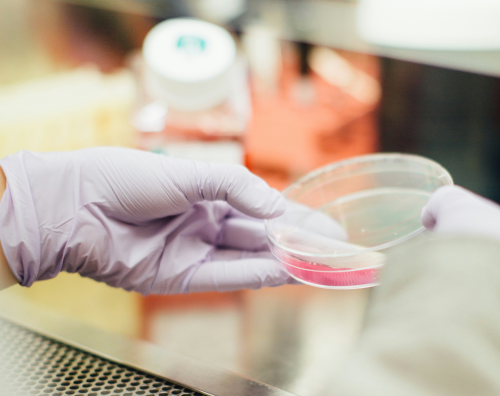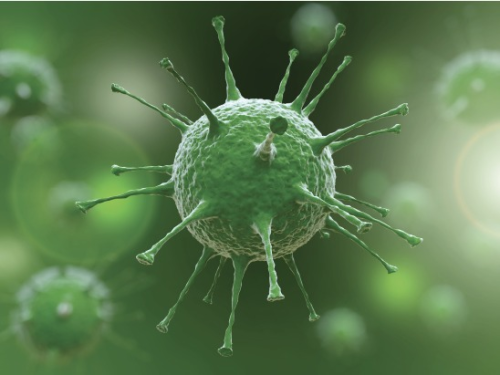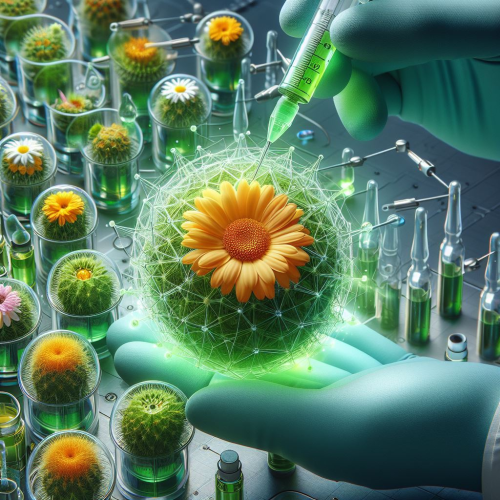Scientific Progress: Purification of Wastewater with RuO2 Doped Membranes
Yayın Tarihi | 03 March 2024, Sunday
"PES membrane technology reinforced with RuO2 emerges as a groundbreaking innovation in water purification. The performance of the membranes has been enhanced by adding metal oxide nanomaterials, particularly RuO2, to the PES polymer, improving the effective passage of water and pollution prevention features."
Water is of vital importance for humanity and the entire ecosystem as one of the most strategic resources of this century. However, humans can only use 1% of the fresh water on Earth. In the last century, factors such as increasing population, industrial agriculture, industrialization, and unplanned urbanization have led to a decrease in water resources. While 80 countries worldwide are suffering from water shortages, 844 million people cannot access drinking water. There are 2.1 billion people who cannot access clean water, and 4 billion people experience severe water scarcity at least one month a year.
Industrial wastewater poses a major problem for the world. These waters usually contain dangerous macromolecules and non-environmentally friendly pollutants. Unwanted levels of protein are found in the wastewater of sectors such as slaughterhouses, leather and dairy products industries. This situation also necessitates the removal of proteins for the purification of water. It is of great importance to develop new technologies for the treatment and reuse of wastewater to overcome these problems. Physical, chemical, and biological treatment methods are widely used in the purification of wastewater.
RuO2 and PES Membranes: Innovation in Wastewater Purification
Membrane processes are an important technique for obtaining high-quality water and treating wastewater. Polyethersulfone (PES) polymer is often used in the production of these membranes. However, the natural hydrophobic nature of PES restricts water flow and anti-fouling properties. To solve this problem, metal oxide nanomaterials, especially RuO2, can be added to the PES polymer to enhance the performance of the membranes. RuO2 has an insoluble structure in nature and has a high adsorption capacity in a wide pH range (3-11). It also has insoluble properties even in the presence of 0.1 M HCl. Due to these properties, RuO2 doped PES polymer has not been reported so far. Researchers aiming to make a significant contribution to the field aimed to prepare RuO2 doped membranes to remove proteins and increase the anti-fouling property of the PES polymer used to remove other pollutants from wastewater.
For this purpose, PES membranes containing RuO2 in different ratios (0.5%, 0.75%, and 1.0%) were included. The addition of RuO2 particles increased the hydrophilicity of the membrane, allowing water to pass through the membrane more effectively. In addition, the porosity of the membranes increased with the addition of RuO2, while the pore sizes decreased. Thermal analysis studies showed that the membranes were resistant up to 100°C.
We Can Prevent Water Scarcity with RuO2 Membranes!
With the produced membranes, wastewater was treated and Bovine Serum Albumin (BSA) protein was separated. The addition of RuO2 increased the anti-fouling effects of the membrane. RuO2 particles prevented the adhesion of BSA to the membrane by forming a hydration layer on the membrane surface, thus enabling the long-term use of the membrane. As the amount of RuO2 added to the composite membranes increased, the BSA filtration feature increased, and the optimum addition rate was 0.75% RuO2.
The obtained results show that RuO2 doped PES membranes have the potential to obtain clean water by removing chemical, biological pollutants as well as proteins by treating domestic and industrial wastewater. The results of the study contain important information for preventing water scarcity.

Diğer Haberler
